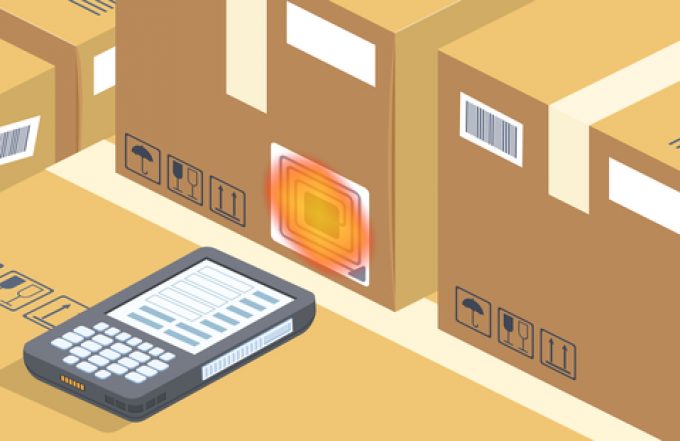Asians fail to bite into US cherry exports while crop falters
North American cherry exporters and carriers are hoping for a better second part of the ...

The success of ’smart’ labels hinges on mass adoption to bring prices from unsustainably high levels.
Scaling up production will bring down the cost dramatically, it is expected, although this may not happen fast enough – or may be too siloed – to support mass adoption ...

Comment on this article